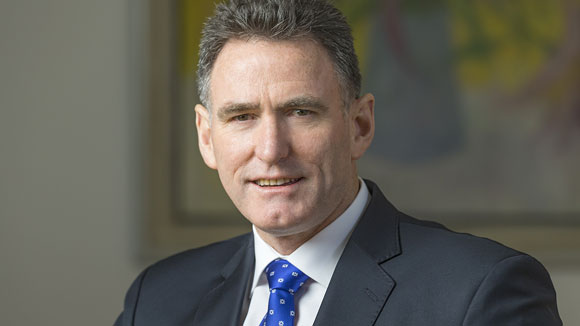RBS financial mess seeks digital redress
The Royal Bank of Scotland’s (RBS) poor financial results have led to its CEO calling for more cost reductions and a faster digital transformation.
The bank reported an operating loss before tax of £4.08 billion for 2016 and an attributable loss of £6.95 billion, which included litigation and conduct costs of £5.86 billion, restructuring costs of £2.1 billion, and other depressing stats. The restructuring costs included a £750 million provision in regards to the cancellation of the Williams & Glyn project.
Ross McEwan, RBS CEO, says the results are “disappointing, but given the scale of the legacy issues we worked through in 2016, it should not come as a surprise”.
He adds: “These costs are a stark reminder of what happens to a bank when things go wrong and you lose focus on the customer, as this bank did before the financial crisis.”
The solution, according to McEwan, is “going further on cost reduction and faster on digital transformation”.
As you’d expect, McEwan offers up some positives – such as its core business generating £4.2 billion in adjusted pre-tax operating profit for the year – an average of £1 billion per quarter for the last eight quarters.
He says RBS is the “fastest growing large bank in the UK last year”, with £24 billion of new lending into the UK economy.
Last year, there were reductions in tech and retail bank jobs at RBS; and some added drama when it failed a Bank of England stress test on how it would cope with another financial crisis.
In terms of the digital drive, there have been some developments. These include plans to put digital experts in every branch in England, Scotland and Wales; and installing advanced “human” artificial intelligence (AI) to help its staff answer customer queries.












































